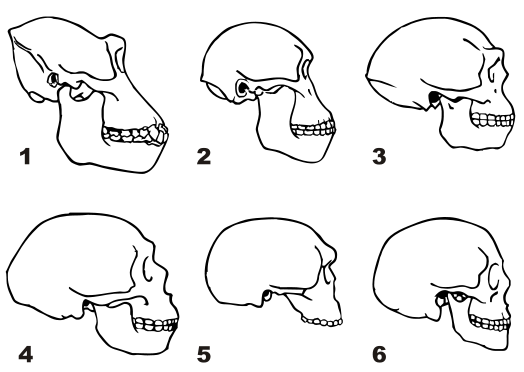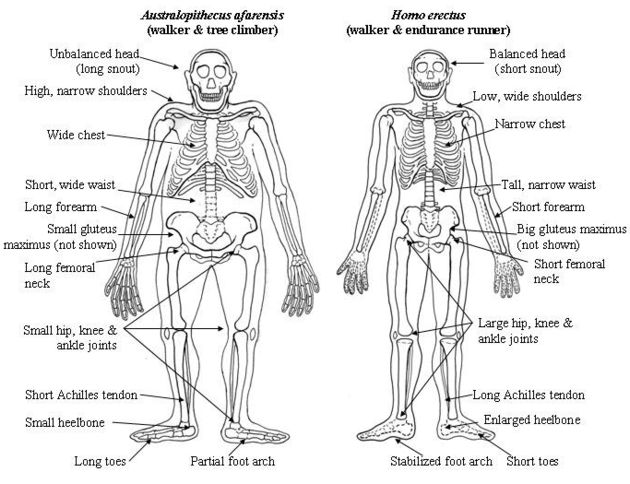On Our Own Feet (print magazine article)
By Stephen Whitt
Odyssey: Adventures in Science
October 2011
pg. 26 – 28
Our origins, how we evolved are all a mystery to us. We have evidence but it is hard to connect everything together and we still need more evidence. Though scientists after questioning themselves have come to a conclusion, not everything happened at the same time. As an example, upright walking developed before our brains (physically) did. Another question after how and when we stood upright is, why did we stand up in an upright position? Stephen Whitt in his writing stated this: “C. Owen Lovejoy, a scientist at Kent State University in Kent, Ohio, believes he knows. Lovejoy has developed one of the best known controversial theories of upright walking. We started walking, he says, to free up our hands and arm for carrying food to our mates, by sharing food we made it possible for one parent to focus on raising children. This, in time, led to more complex, learned behavior, and finally to the modern human brain”. However this is only one theory on how we evolved to an upright position and started walking.
This article also talks about our ancestors, and not theories on our ancestors. For example, many people err when they say that monkeys and chimps are our ancestors. Both of us (monkey and us) have a common parent; Australopithecus and apes. Having Australopithecus as a common ancestor doesn’t mean we are connected to monkeys (general, including chimps). Many people get confused when comparing us and chimps; what we have in common with chimps is the skull.
Differences and similarities:
US | CHIMPS |
Flat face
| The face sticks out |
Bigger brain case
| Small brain case |
Foramen magnum – horizontal, straight | Foramen magnum – angled-up
|
So as you can see, before interpreting scientists need theories and physical evidence. Whitt, Stephen. "On Our Own Two Feet." Odyssey: Adventures in Science (2009): 26-28. Print. |



